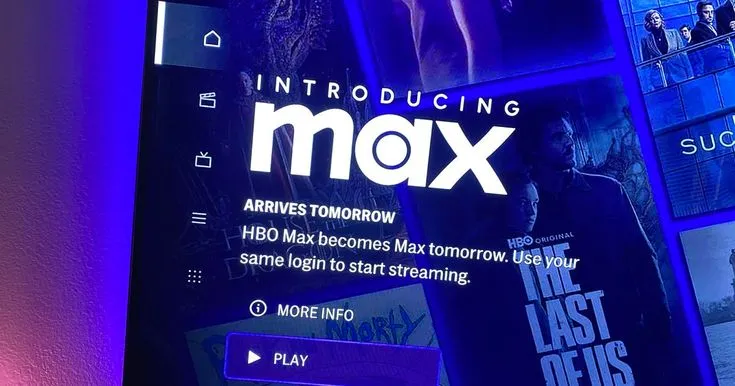While Max gets the visuals right (or tries to), the user experience falls short on the essentials — such as the quality and accessibility of the subtitles.
Max, the successor to HBO Max, features some of the most critically and publicly acclaimed productions in its catalog. Titles such as Game of Thrones, The Last of Us, House of the Dragon, and Succession were big hits on the platform. I am part of the audience that has watched all these productions and others which I love, both original and licensed.
Since 2020, when Warner Bros. launched its streaming service under the name “HBO Max”, the brand has undergone rebranding three times. First, it presented a purple color palette. In 2023, it was relaunched as “Max”, changing the purple color to blue. In April 2025, it discreetly adopted a new black and white design, evoking the classic HBO identity. More recently, in May 2025, the company announced that it will be renamed “HBO Max”. According to David Zaslav, the CEO of Warner Bros. Discovery, the decision aims to strengthen the HBO brand identity, recognized worldwide for its quality. In addition to aesthetic changes, Max has expanded its catalog in recent years by merging with Discovery, Inc., offering more possibilities for all family members.
But despite so many visual updates, the operational part of the platform does not seem to have been treated with the same care — especially when it comes to subtitles. Font, color, and background customizations cannot be made directly in the player. The user must exit the player, go to the home screen, and access the settings to adjust their preferences — and only on the desktop. In the mobile app, there is not even an option to change the subtitle style. Other platforms such as Netflix are much more intuitive in this regard, allowing adjustments directly from the player's playback controls. In addition to its extensive catalog, its concern with the user experience helps explain its market leadership.
Another issue is the quality of the translations. Many users have been reporting poorly translated, too literal, or out of context subtitles. The first time I noticed something similar was during the release of House of the Dragon season 2, when some episodes featured noticeable translation issues — such as terminology choices that did not quite align with the show’s established language. In another episode, an entire sentence was translated with the opposite meaning from the original.
In September 2024, it was reported that Google had signed a partnership with Warner Bros. Discovery to subtitle its content using artificial intelligence (AI). According to the report, automatic subtitles will be supervised by humans to ensure accuracy and quality. Despite this, criticism continues. On X (formerly Twitter), many users consider the use of AI to be a negative factor.
Criticism, however, is not limited to social media. Users also share their frustrations on forums such as Reddit and platforms such as Reclame Aqui, where they report recurring translation errors, lack of customization options, and disregard for the accessibility experience.
Subtitles are a fundamental resource for people to consume and understand content in other languages. They are also essential for the inclusion of people who are deaf or have learning difficulties. Accessibility is a right — and well-made subtitles are a crucial part of that commitment.
Max can change its color, name, and catalog — but it must remember that good subtitles are not a detail: they are a necessity.






